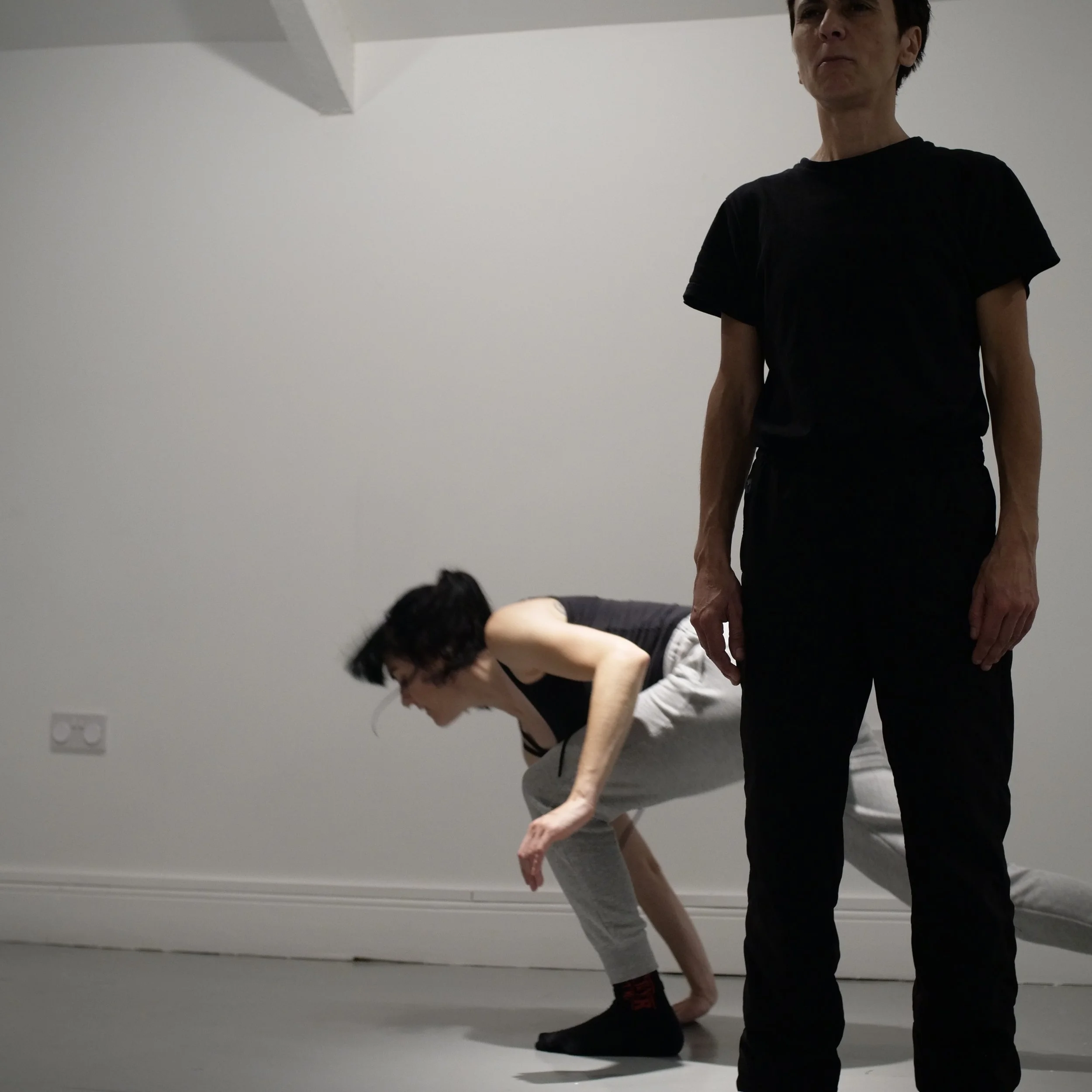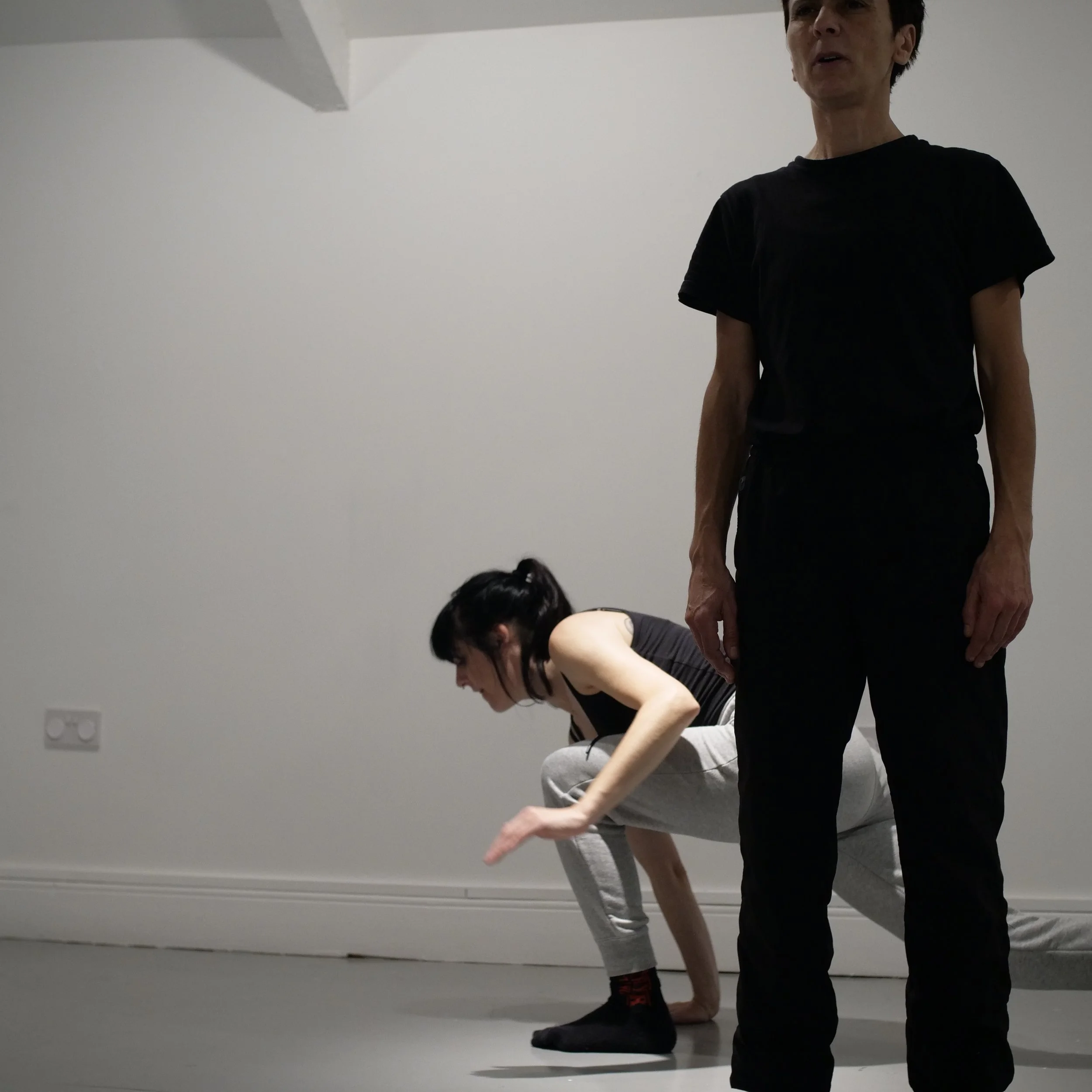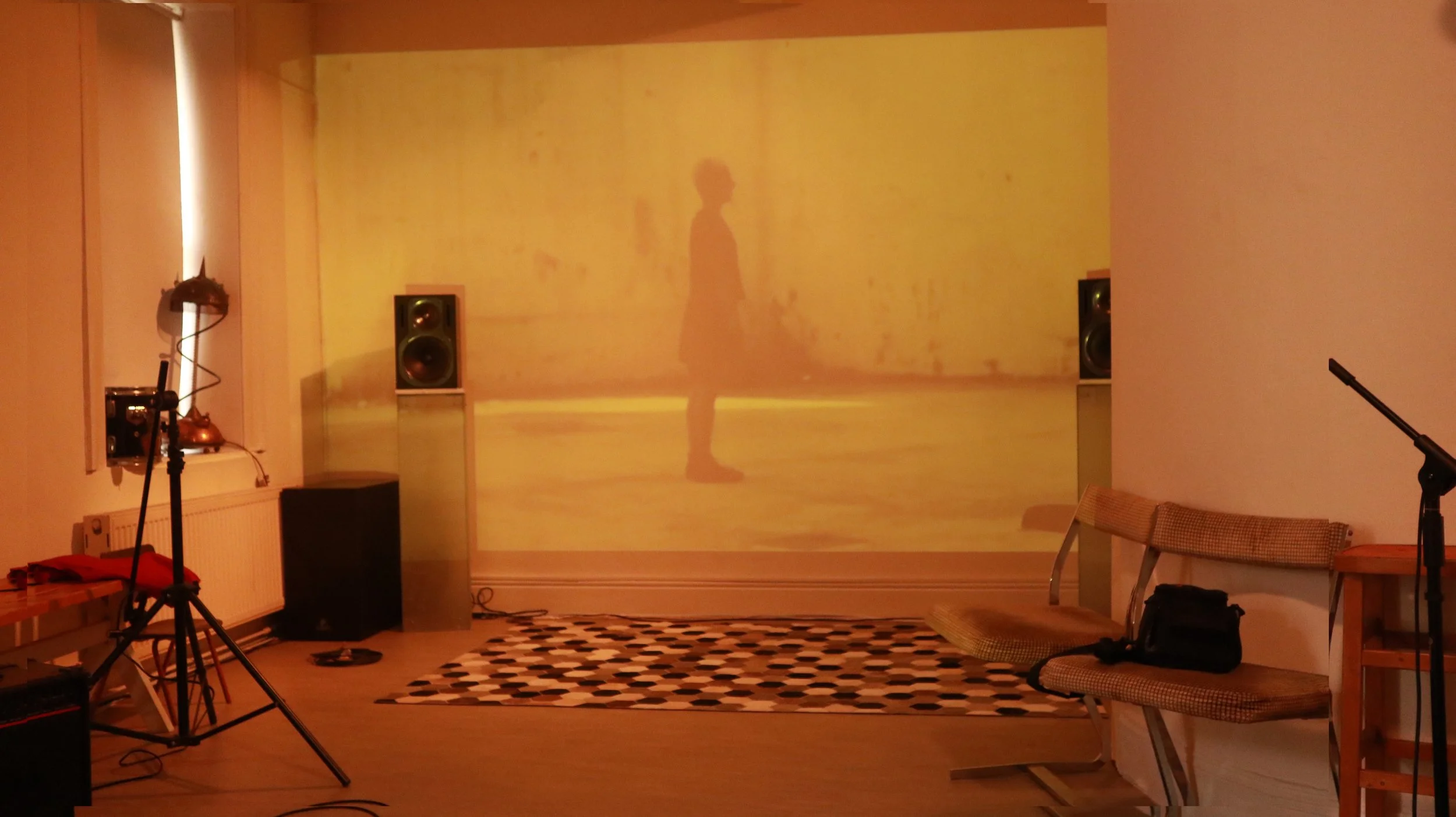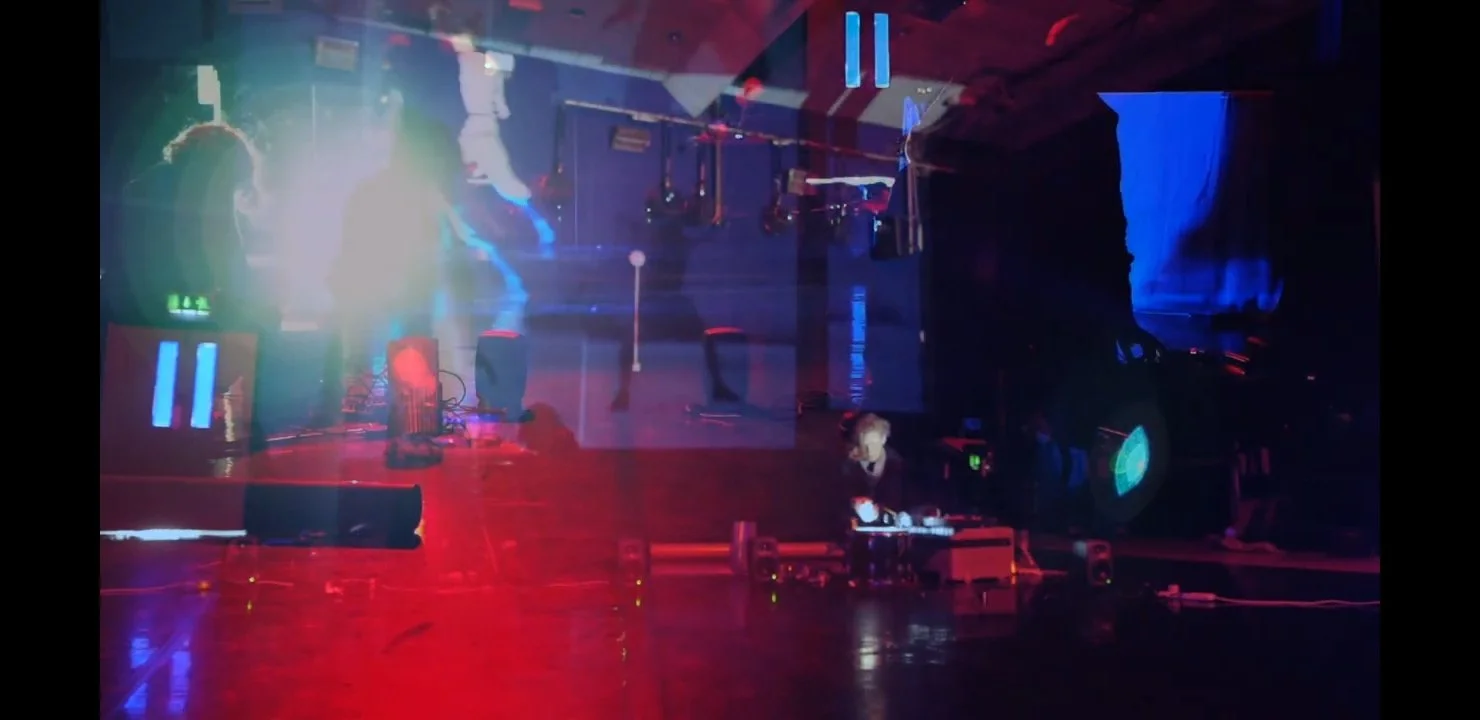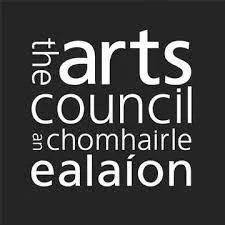
TryTryAgain_DANCE
TryTryAgainDANCE is film documentation of a performative exploration into the phenomenon of Neurogenisis - the ability to regrow new neurons through physical activity. In this version, TryTryAgain_DANCE focuses on contemporary dance as a benefit to emotional well-being. Its been scientifically proven now through Magnetic Resonance Imaging that learning builds new neurons and repetitive learning holds those neurons in place making them stronger and stronger. This in turn strengthens the brain defending against anxiety and depression.
Thank you to The Firkin Crane, Cork Yoga Collective & The Metropole Hotel - Leeside Leisure Gym for letting me take time to explore this concept within your building.
Dancer and Choreographer : Inma Pavon
Sound Artists : Mick O Shea and Irene Murphy
Camera and Editing : Harry Moore
TryTryAgain was supported by the Arts Council Agility Award, 2021
Try Try Again_DANCE was screened as a work in progress at Uillinn, West Cork Art Center 2021, Indie Cork Film Festival, 2022. It was screened later with an accompanying live performance element for Cinesalon Experimental Film Night at The Guesthouse Projects Cork in 2024 and at Uillinn West Cork Art Center for Skibbereen Arts Festival 2024
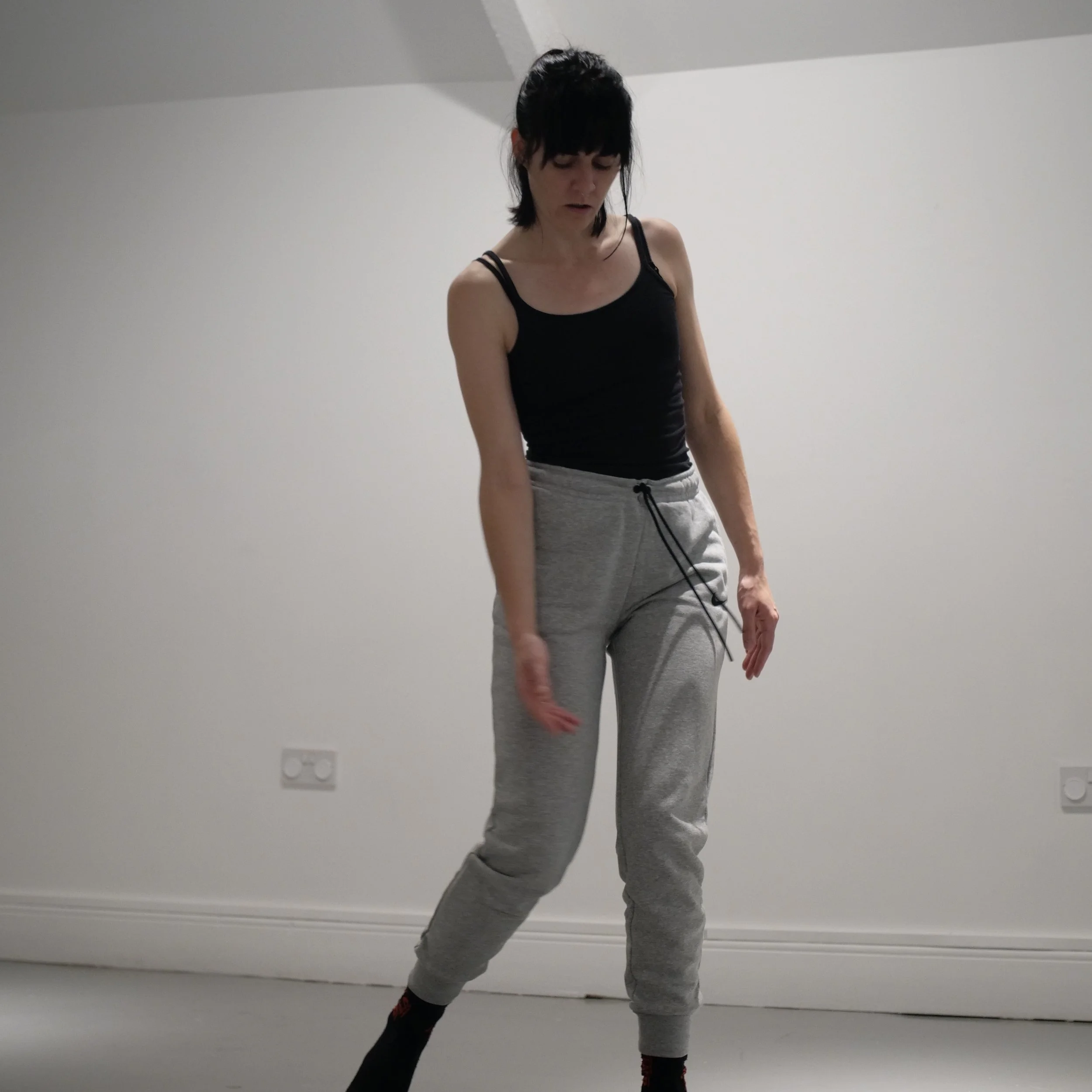

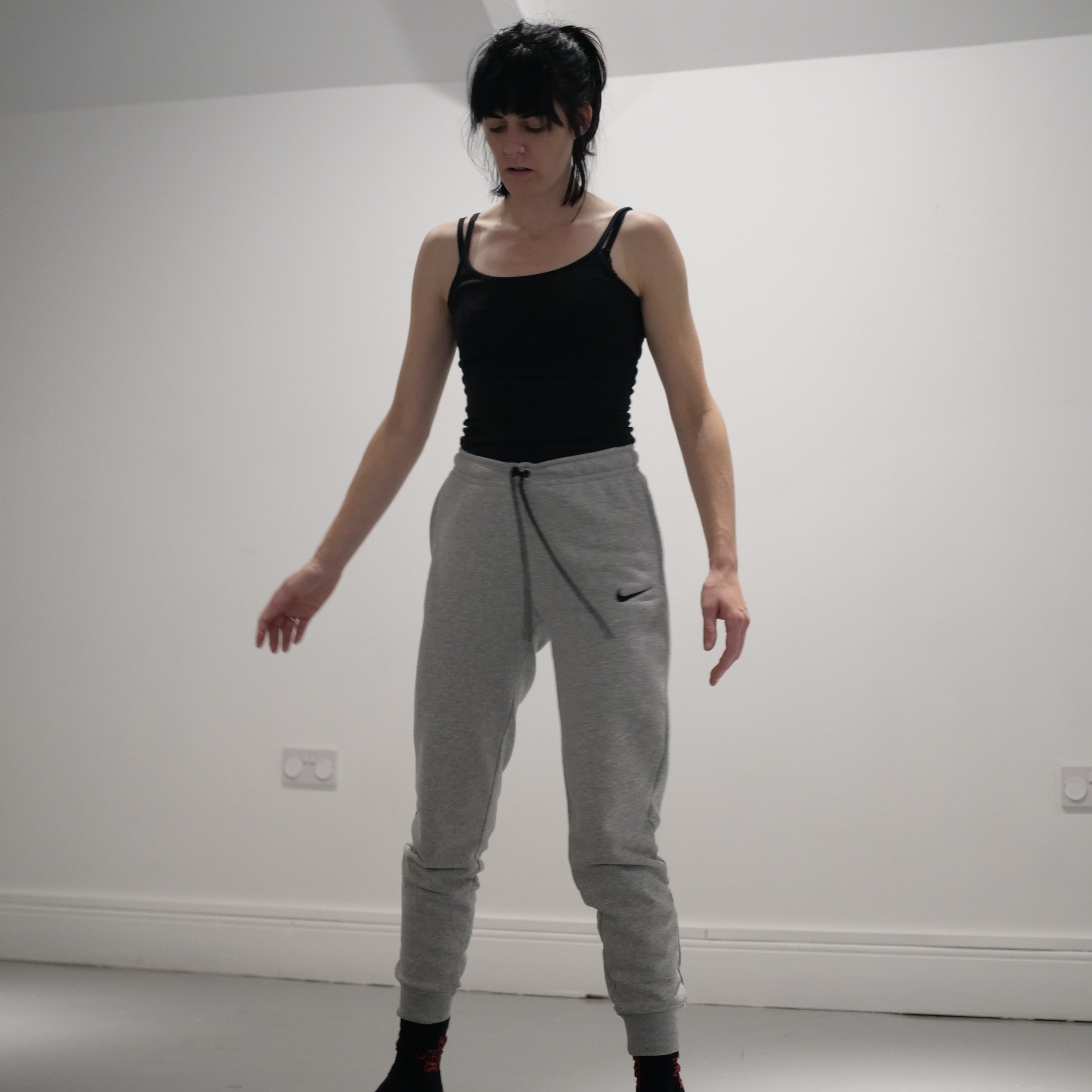

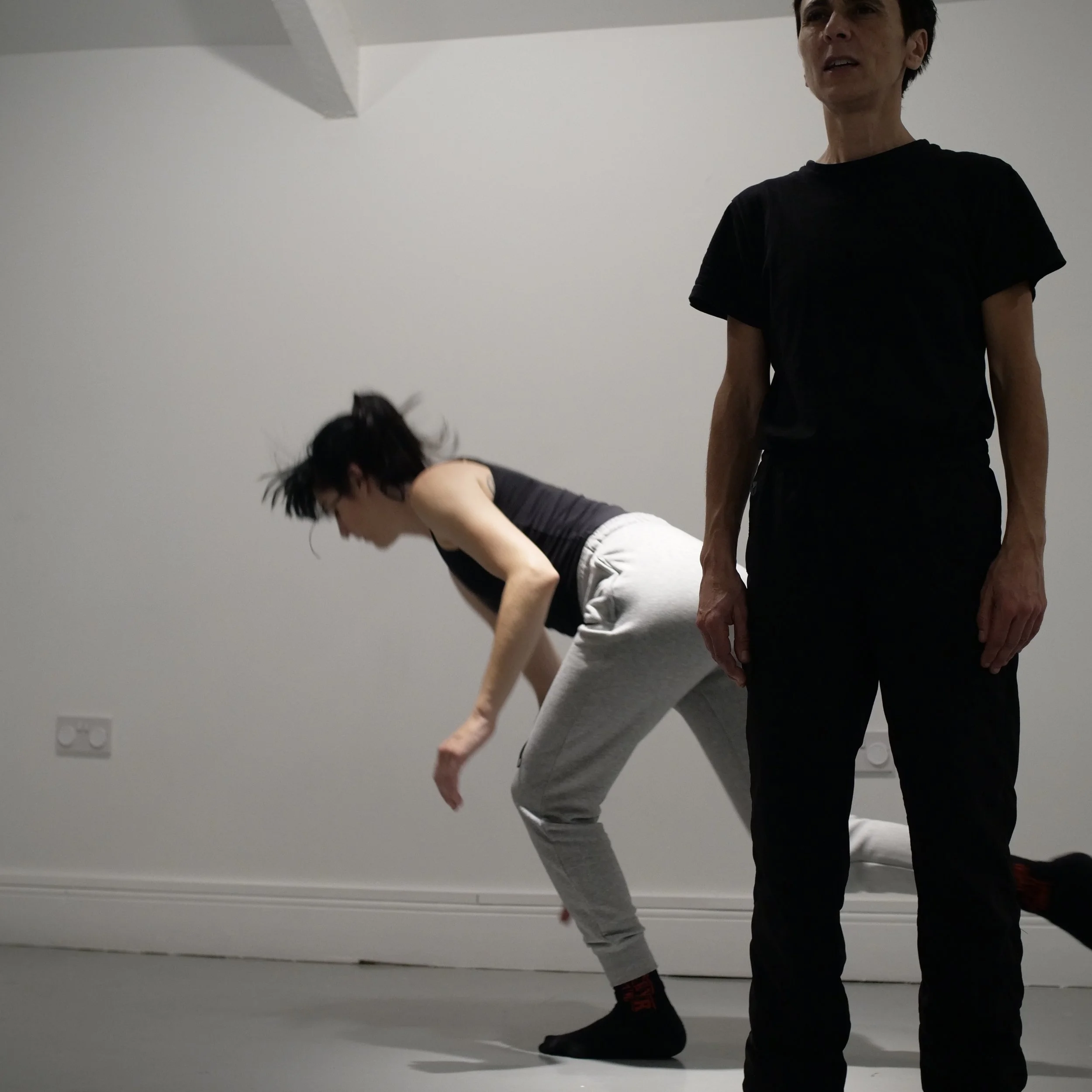
TryTryAgain began in 2020.
I had been taking beginner contemporary dance classes for a couple of months the year before with Inma Pavon - Director of Joan Denise Moriarty School of Dance, Youth Dance Company. Being an adult, starting anew and having never taken a contemporary dance class before it really made me aware of my body, something that I never really took notice of before. I became aware of my mind too, its inability to focus and overall lack of grounding. I found I was a bit slower than the rest of the girls at remembering the dance routines. I found myself really aware of the difference between peoples abilities. I also became aware of the fact that if I tried harder and practiced more then I was able to start keeping up with the dance routines. I felt more grounded, and my body even felt more aligned.
But while all this progress was happening I began to question neurodivergence and why one persons capabilities differ from the other. Covid-19 was apon us and I was researching Neurogenisis and the idea of repetitive learning building new pathways. I had not taken a dance class in a couple of months and Inma Pavon was on lockdown in Spain. I thought the best way to tackle this concept was to ask Inma if she would be willing to send me a couple of videos of her dancing. She so happily agreed and I directed her in the type of scene, background and colour clothes to wear. The idea was that I was going to project her dance routine onto a wall here in Ireland ,set up a camera and repeatedly try to learn the routene over and over until I get it. I asked her to send me a difficult routine due to the fact that I had already been taking lessons with her and my muscle memory was aware of that. So she did! and what happened next was the research of this idea that became a short film that was screened for the Indie Cork Film Festival 2022. The film was screened with an accompanying narrative that I read live, an expert taken from “What Can Neuroscience Bring to Education” Dr. Denis Staunton, U.C.C
For thousands of years people believed that the sun went round the Earth. So widespread and firm was this belief that it was taken to be reality. In the sixteenth century, however, Copernicus put forward the radically different idea that the Earth went around the sun. His theory was not readily accepted and considered by many as ‘heresy’. It took a century of persuasion before the old reality was scrapped and a new reality adopted.
This complete reversal in world view did not come about through the discovery of any fundamentally new data,
but through the interpretation of existing data in a new way.
Clearly, the motion of the planets had not changed,
rather what changed was the conceptual perspective through which this motion was viewed.
Excerpt taken from Dr.Denis Stauntons new book “What Can Neuroscience Bring to Education?” Chapter 4, The Power of Plasticity.
